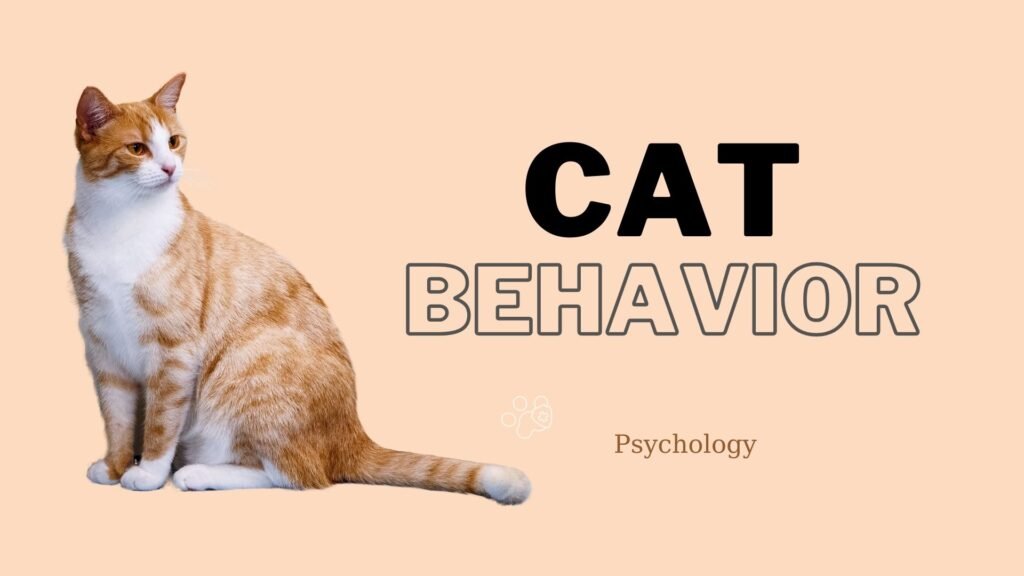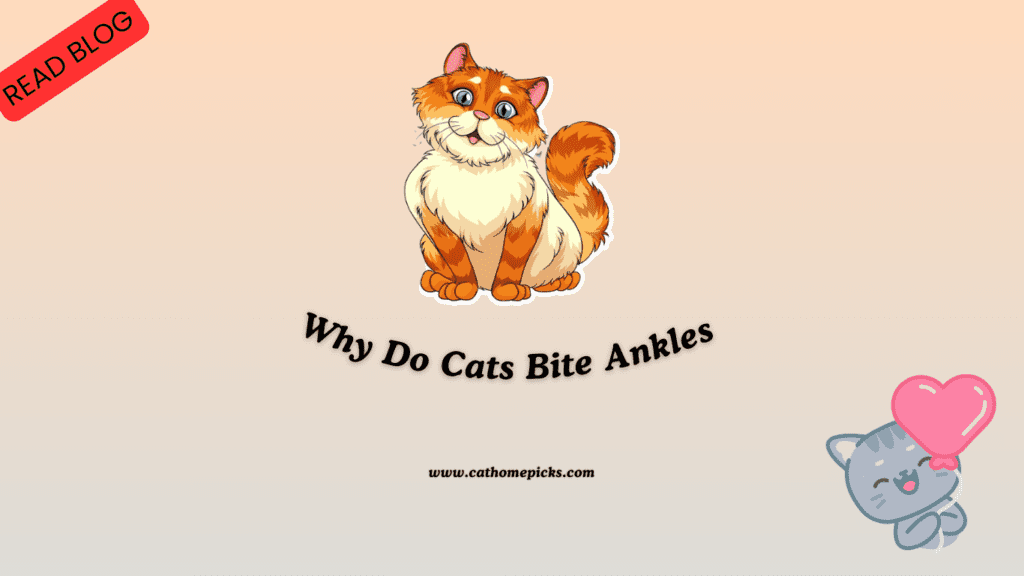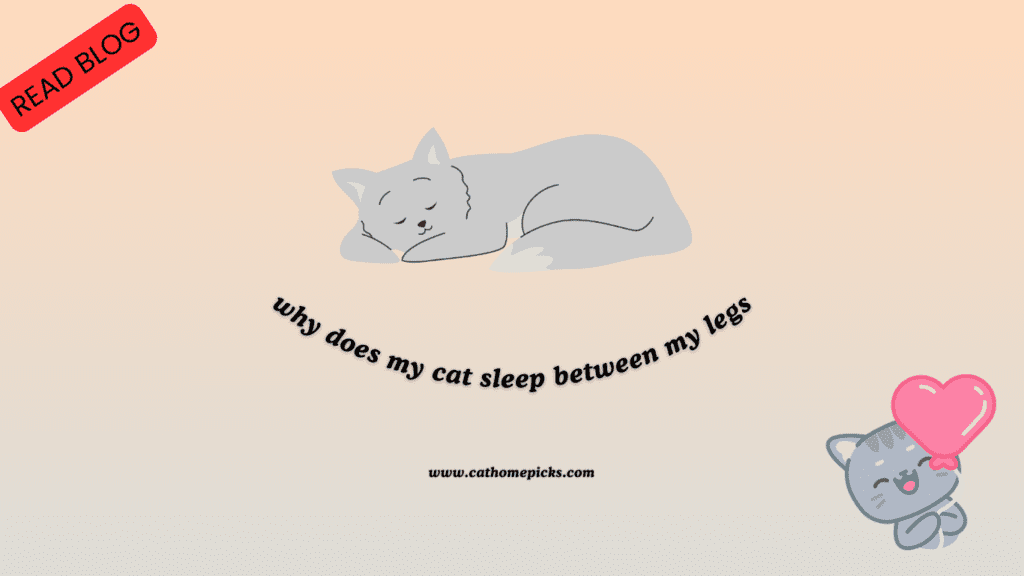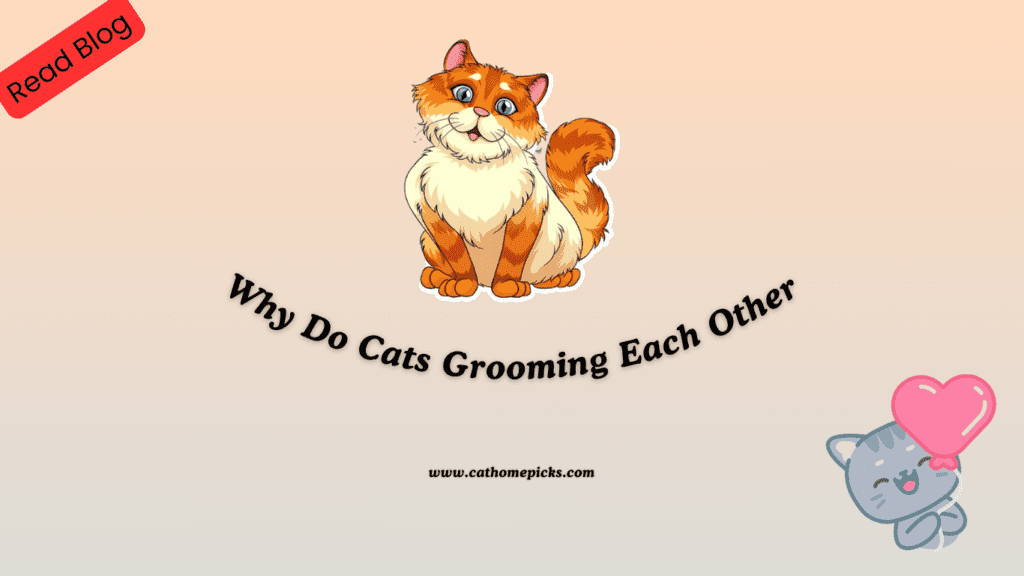
Understanding the Psychology of Cat Behavior : A Deep Dive into Your Feline’s Mind
Cats are enigmatic creatures, and their behavior often leaves us puzzled, wondering what’s really going on inside their minds. Understanding the Psychology of Cat Behavior can help strengthen your bond with your furry friend, decode their actions, and provide them with a more fulfilling environment. This comprehensive guide explores the psychological reasons behind some of your cat’s most common behaviors, from playful ankle-biting to affectionate winks.
By the time you’ve finished reading, you’ll have a deeper understanding of what drives your cat’s unique actions, and how to respond to them in a way that enhances their emotional well-being. We’ll also point you toward detailed articles for further exploration of these fascinating behaviors.
1. Why Does My Cat Bite My Ankles?
Ever wondered why your cat suddenly pounces on your ankles as you walk by? This playful behavior is deeply rooted in the Psychology of Cat Behavior specifically, their natural hunting instincts. Even though your cat is domesticated, their brain is wired for hunting and stalking prey, and your moving feet might just trigger those instincts.
However, ankle biting can also signal boredom or a need for more stimulation. Understanding the psychological motivations behind this behavior can help you find ways to engage your cat more effectively and reduce unwanted ankle ambushes. For more insights, check out our in-depth article on why cats bite ankles.


2. Why Does My Cat Sleep Between My Legs?
If your cat regularly curls up between your legs at night, you’re witnessing an emotional bond at play. This behavior is often linked to the psychology of safety and trust. Cats, being territorial creatures, choose places that offer them comfort and protection, and what better place than between the legs of their favorite human? It’s a sign that your cat feels secure and relaxed around you.
But this behavior isn’t just about warmth it’s about the psychological comfort they get from being close to you. Want to explore this behavior in more depth? Read our comprehensive guide on why cats sleep between your legs.


3. Can Cats Eat Olives?
Curious about why your cat seems interested in your olives? From a psychological standpoint, cats are driven by curiosity and the desire to explore new tastes and smells. Olives may not be a typical part of a cat’s diet, but the briny smell can trigger a reaction that’s more about curiosity than hunger. This type of behavior reflects a cat’s exploratory instincts, driven by their Psychology of Behavior.
While olives aren’t harmful in small quantities, it’s important to understand that they don’t provide much nutritional value for your cat. To learn more about the psychology behind this behavior and the health implications, read our article on whether cats can eat olives.


4. Why Does My Cat Wink at Me?
Ever noticed your cat giving you a slow blink or a wink? This subtle behavior is often referred to as a “cat kiss” and is deeply tied to the Psychology of Cat Behavior. Cats communicate with their body language, and a slow blink is their way of expressing trust and affection without being overly demonstrative. In the feline world, closing their eyes in front of someone is a big deal it’s a sign that they feel safe.
Sometimes, winking might indicate that something’s in their eye, but more often than not, it’s a psychological expression of comfort and contentment. Want to know more about what your cat is trying to communicate with this adorable behavior? Dive into our full article on cat winking for all the details.


5.Cats Grooming Each Other
If you’re a cat parent, you’ve likely seen your cats grooming each other licking, nibbling, and even biting. This behavior can be both heartwarming and puzzling. Mutual grooming, also known as allogrooming, plays a key role in feline bonding and group identity, reinforcing affection and shared scents. However, it can also be linked to dominance and stress management, where cats groom to assert control or comfort each other. Understanding this complex behavior helps cat owners better interpret their furry companions’ relationships. Drive into Our Full Article Cats Why Do Cats Grooming Each Other?


6.Is It Love? Why Do Cats Put Their Paws on My Face
Cats have a unique way of communicating, and sometimes they leave us scratching our heads (literally). One behavior that puzzles many cat parents is why their feline friend insists on placing their paw on their face. Is it affection, dominance, or something else entirely? Let’s go into the reasons why cats engage in this endearing and sometimes puzzling behavior


Strengthening Your Understanding of Cat Psychology
The Psychology of Cat Behavior is both fascinating and complex. By learning the psychological reasons behind your cat’s actions, you can create a more enriching and loving environment for them. Whether your cat is biting your ankles in play, winking at you in affection, or choosing your legs as their favorite sleeping spot, there’s always a psychological reason behind it.
To further understand these behaviors, be sure to explore the linked articles. By tapping into the psychology of your cat’s behavior, you’ll gain insights that will help you care for them in ways that meet their emotional and psychological needs. After all, understanding your cat’s mind is the first step toward becoming the ultimate cat whisperer.Stay Tuned For More Article On Psychology of Cat Behavior


